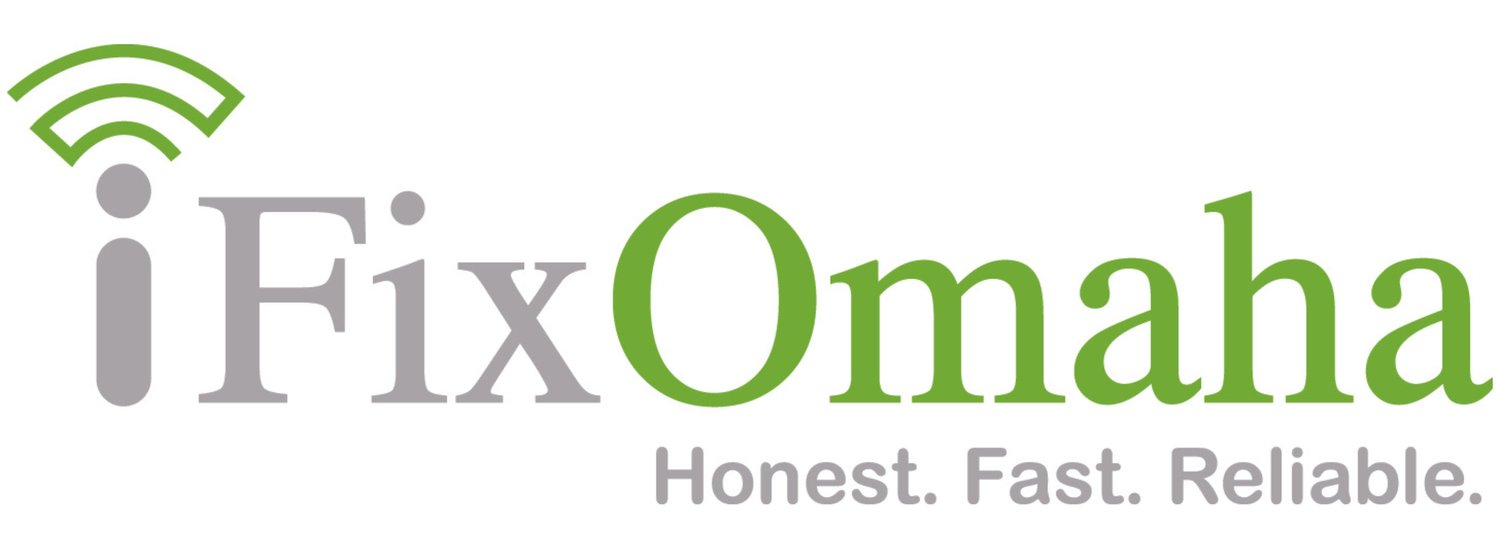9 Tips for Troubleshooting Your MacBook Problems
MacBooks have become staples in our daily lives. They’re used for creative creations, business production, and scrolling through social media and newsfeeds.
Occasionally, and usually, at the worst time, problems like freezing, crashing, running super slowly, or not running at all will occur.
Since the average household in the United States has more than two Apple products, knowing how to troubleshoot a MacBook is crucial. Here are some tips to troubleshoot yours — and maybe even your family’s — MacBook problems.
1. Use Safe Mode
Starting your computer up in safe mode is an easy and quick way to troubleshoot any potential issues. Safe mode allows your computer to start up by itself. This means that, in safe mode, any applications and startup items that normally begin running automatically, won’t.
It also performs a system test on the startup disk. This test will notify you if any problems have been detected as well as the best steps to fix them.
To use safe mode:
Shut down the MacBook
Wait 15 seconds with it shut off
Power it back on
Wait until the startup chime, or the Apple logo, comes on the screen
Hold down the Shift key as soon as this happens
You can let go of the Shift key once the startup screen has loaded. You will now be operating your computer in safe mode until you restart it normally.
If the MacBook screen is dark and blank during startup but you can hear the startup sounds normally, the problem could be the hardware instead of software. If it is the hardware, you may need to change the Macbook screen.
2. Run Disk Utility
Disk Utility can perform many actions on the MacBook operating system. One of these is looking for and repairing any internal problems.
To run Disk Utility, hold down Command and ‘R’ while turning the computer on. A screen will appear on startup. Here, click on the Disk Utility icon. Choose the hard drive with your computer name, click on verify, and allow it to run.
While it runs, the program will be attempting to detect any issues or abnormalities on the computer system. If the program detects anything, it will provide a notification with the option to attempt to repair it. Click Repair Disk and continue to allow the computer to work on its own as it will be trying to fix the issues itself.
If no problems are detected, click repair permissions. Once this process is complete, restart the computer normally.
3. Clear Safari Caches
Every website we visit stores some information on the browser. If there are logins or location services, there is more cache stored. This may be impacting your computer and slowing it down. Sometimes, the Safari cache is backlogged without users even realizing it.
To clear the cache in Safari, open the application. On the top left-hand corner of the screen, click on Safari then Clear History to mass delete all cache saved.
If you’d prefer to select what gets deleted individually, click on Safari> preferences> privacy> manage website data. This will open a screen where you will have access to see and remove cache from Safari.
4. Delete the Cache Folder Entirely
Cache is not exclusive to Safari. Most applications on the computer use caching. These can become corrupted and cause unnecessary lagging and glitches on your MacBook.
To access the cache folder on your computer, open Finder. From there, in the top left-hand corner click Go, then Go to folder. A screen will appear where you can type in ~/library/Caches. This will take you directly to the cache folder for your entire computer.
Make sure you’re deleting content from the Cache folder and not the library folder. Once complete, restart your MacBook, then empty the trash can.
5. Reset the PRAM/NVRAM
If you see a question mark icon pop up briefly when you turn on the MacBook, or on the hard drive icon, you may need to reset the PRAM/NVRAM. These letters refer to the same special memory area located inside MacBooks. NVRAM is used for Intel MacBook’s and PRAM is for PowerPC MacBooks.
To reset this, turn off the computer. When you turn it back on, immediately hold down Option + Command + P + R. You will need to hold these down for 20 to 30 seconds. The computer will restart by itself while you hold the keys.
Only release the keys after hearing the second startup chime or seeing the Apple logo on the screen for a second time.
6. Run Apple Diagnostics/Hardware Test
On older MacBook’s, an Apple Diagnostics test was called an Apple Hardware Test. Though the name is updated, it still means the same thing.
9 Tips for Troubleshooting Your MacBook Problems
Book an appointment online to see our trained repair professionals, providing over 50 years of experience in computer repair.
To perform this test, turn your computer off. When turning it back on, hold down D on the keyboard. Think D for diagnostics!
If you find yourself pressing it for too long and nothing pops up, connect your MacBook to the internet and begin the process again. This time, press Option + D. This option will use the internet to run the diagnostics.
Keep holding it until a prompt comes on the screen which will ask you to choose a language.
The system will run a series of checks and tests to diagnose any issues. If anything comes up, reference codes will come up along with suggested solutions for your computer repair.
7. Check Activity Monitor
If acting super slow and unresponsive describes your MacBook issues, something could be taking up the memory of your computer. Even if you’ve closed out of an application, maybe it didn’t quit correctly and is causing your computer to continue working in the background.
When you open Finder, go to Applications, then Utilities, then Activity Monitor. The shortcut for this is Command + space, and then type out in the search bar that comes up: Activity Monitor.
Once it’s open, click on Memory. This will show you what applications are using more memory.
8. Reset System Management Controller
This system rest is like the hard resets done on smartphones to work through any glitches. It does the same for MacBooks.
To perform a system reset, make sure the MacBook is plugged into power. Then, press and hold Shift, Option, and Control and then press the power button. It helps if you have someone to help you with this one.
Release everything together then power up the MacBook.
9. Update Your Software
This may seem obvious, but it happens often. A pop-up screen appears with random notifications and reminders while you're in the middle of something. And at the time it's easier to dismiss them.
One of those alerts could have been a new software update. There could be a new software update that’s buried under the notifications that could be the MacBook troubleshooting solution you need.
To check if you’re running the latest system, click on the Apple logo on the top left-hand corner of your screen. The first option, About This Mac, will give you all the details and information you need about your computer. On the Overview tab, there’s a Software Update button.
When you click that, another screen will appear to notify you if you need an update or if you are running the latest version.
Trust Your MacBook Problems to the Professionals
Trying out these tips could successfully troubleshoot your MacBook problems and solve them. If the problem persists or comes back soon after troubleshooting, trust not only your MacBook fixes, but any of your Apple products repairs, to the professionals.
Book an appointment for your MacBook to see our trained repair professionals, providing over 50 years of experience in computer repair.


